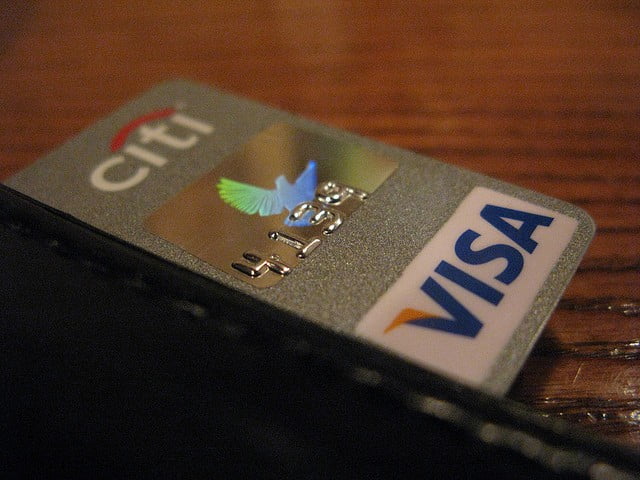In today’s world, managing debt has become a common challenge for many individuals and households. When it comes to paying off debt, two popular strategies have emerged: the debt snowball method and the debt avalanche method. Both approaches aim to help people become debt-free, but they employ different tactics. In this blog post, we will explore the principles and benefits of each strategy and help you determine which one is the best fit for your financial situation.
Debt Snowball Method
The debt snowball method, popularized by personal finance expert Dave Ramsey, emphasizes the psychological aspect of debt repayment. With this strategy, you focus on paying off your debts from smallest to largest balance, regardless of interest rates. The idea behind the snowball method is to build momentum by gaining small victories early on, which can motivate and empower you to tackle larger debts later.
The first step in the debt snowball method is to list all your debts, from the smallest balance to the largest. While continuing to make minimum payments on all debts, you allocate any extra funds toward the smallest debt until it is fully paid off. Once the smallest debt is eliminated, you move on to the next smallest debt, and so on.
The key advantage of the debt snowball method is its ability to provide a sense of accomplishment early in the debt repayment journey. By focusing on smaller debts, you quickly experience the satisfaction of crossing items off your list, which can boost your motivation to keep going. This approach can be particularly beneficial if you need psychological encouragement or struggle to maintain momentum.
Debt Avalanche Method
In contrast to the debt snowball method, the debt avalanche method prioritizes interest rates over debt balances. With this approach, you focus on paying off debts with the highest interest rates first, regardless of the outstanding balances. By targeting the costliest debts, the debt avalanche method aims to save you money in the long run.
To implement the debt avalanche method, start by listing all your debts and their corresponding interest rates. Then, rank them in descending order based on their interest rates. While making minimum payments on all debts, allocate any additional funds toward the debt with the highest interest rate. Once that debt is paid off, you move on to the next highest interest-rate debt, and so forth.
The main advantage of the debt avalanche method is its cost-saving potential. By prioritizing high-interest debts, you minimize the total interest paid over time, allowing you to become debt-free more quickly. If you are motivated by the idea of saving money on interest payments and have the discipline to stay focused on long-term goals, the debt avalanche method may be the better choice for you.

Choosing the Right Strategy
When deciding between the debt snowball and debt avalanche methods, it’s essential to consider your personal preferences, financial situation, and long-term goals.
If you value quick wins, find motivation in small accomplishments, or need an extra psychological push, the debt snowball method may be ideal for you. It provides a sense of achievement early on and can help you maintain momentum throughout your debt repayment journey.
On the other hand, if your primary goal is to save money on interest and you are comfortable prioritizing long-term benefits over short-term gratification, the debt avalanche method might be more suitable. It allows you to tackle high-interest debts first, potentially reducing the total interest paid and enabling you to become debt-free faster.
Conclusion
When it comes to choosing between the debt snowball and debt avalanche methods, there is no one-size-fits-all solution. Both strategies have their merits and can be effective in helping you regain control of your finances. Ultimately, the best approach depends on your individual circumstances, financial goals, and personal preferences.
Regardless of the method you choose, the key to successful debt repayment lies in developing good financial habits. Here are a few tips to help you on your journey to becoming debt-free:
- Create a budget: Track your income and expenses to gain a clear understanding of your financial situation. A budget will help you identify areas where you can cut back on spending and allocate more money toward debt repayment.
- Increase your income: Consider taking on a side job or freelance work to generate extra income. The additional funds can accelerate your debt repayment process and provide more financial flexibility.
- Negotiate with creditors: Reach out to your creditors to discuss possible options for reducing interest rates or creating a repayment plan that suits your budget. Many lenders are willing to work with borrowers who demonstrate a genuine commitment to paying off their debts.
- Cut unnecessary expenses: Take a close look at your expenses and identify areas where you can make cuts. This could include eating out less frequently, canceling unused subscriptions, or finding cheaper alternatives for everyday expenses.
- Build an emergency fund: Set aside a small portion of your income each month to establish an emergency fund. Having a financial safety net will prevent you from relying on credit cards or loans in case of unexpected expenses.
Remember, the journey to debt freedom requires patience, discipline, and perseverance. Celebrate your milestones along the way, whether it’s paying off a small debt or reaching a specific savings goal. Stay committed to your chosen strategy and make adjustments as needed to stay on track. Please take a moment to visit their page to learn more about their approach.
In conclusion, the debt snowball and debt avalanche methods are two popular strategies for debt repayment. While the debt snowball method focuses on psychological motivation and quick wins, the debt avalanche method prioritizes interest savings and long-term benefits. Choose the strategy that aligns with your financial goals and personal preferences, and combine it with sound financial habits to pave your way to a debt-free future.




